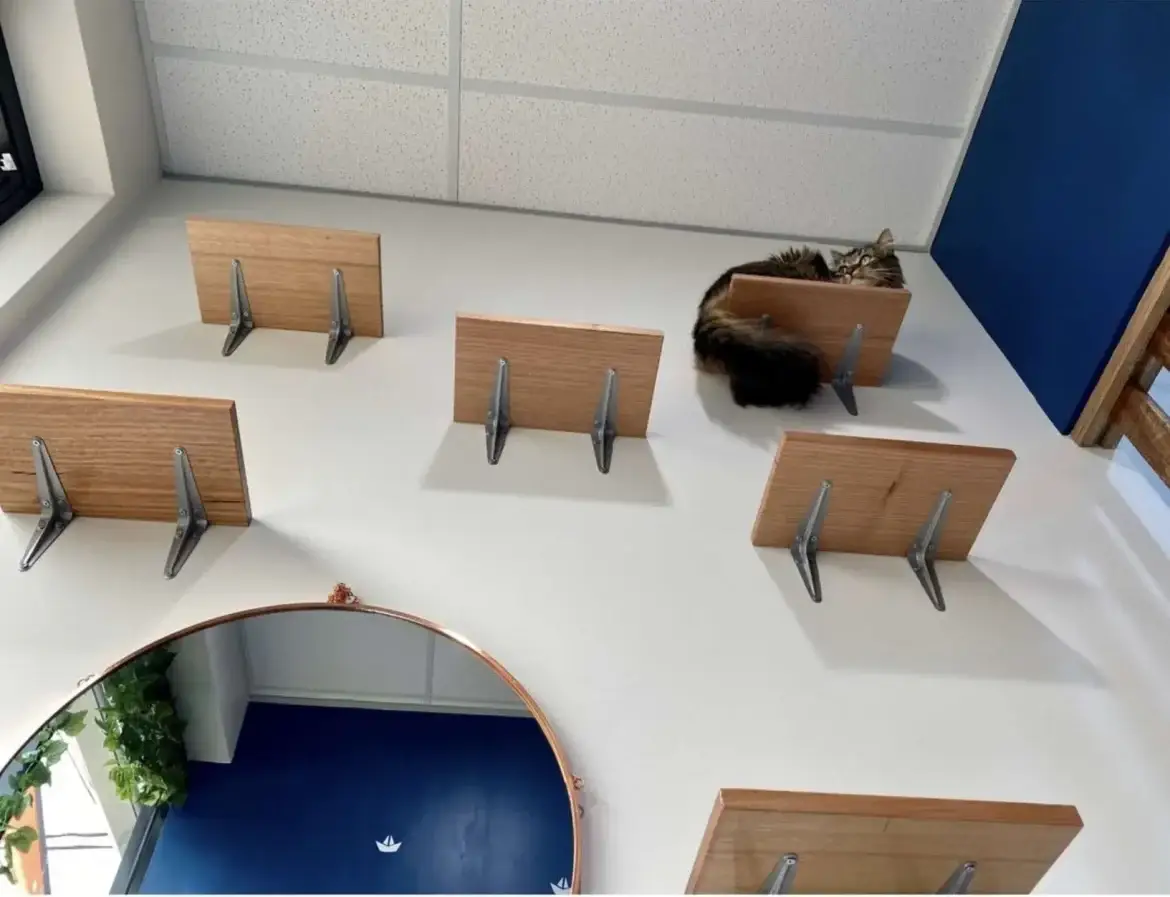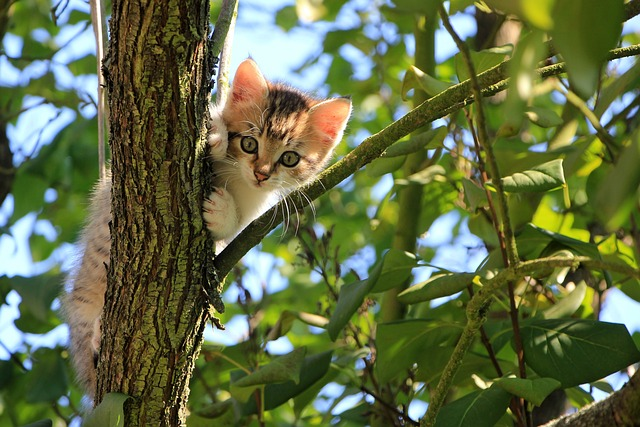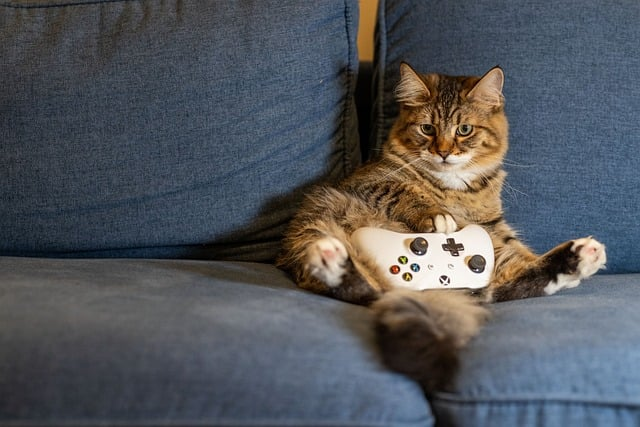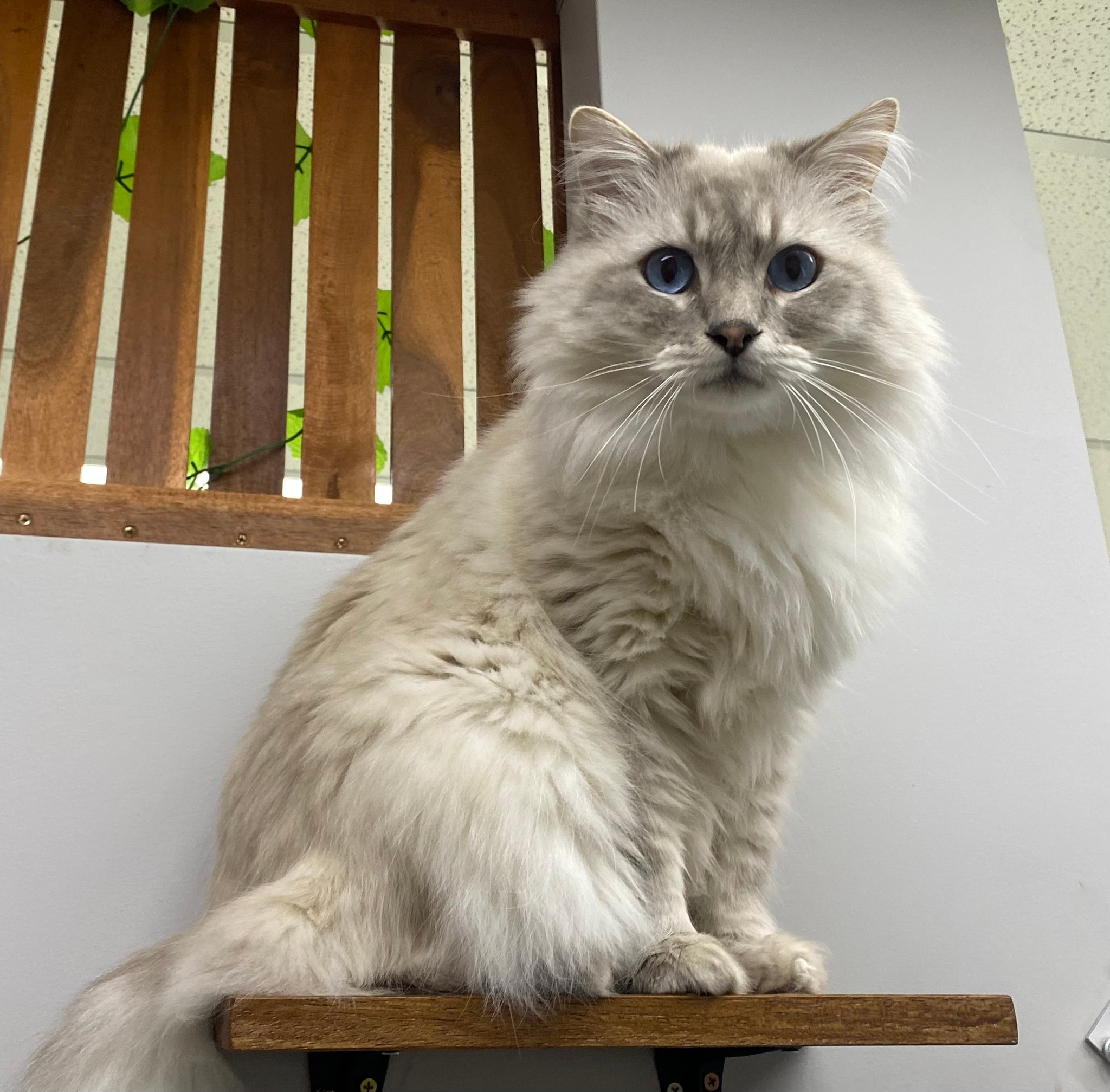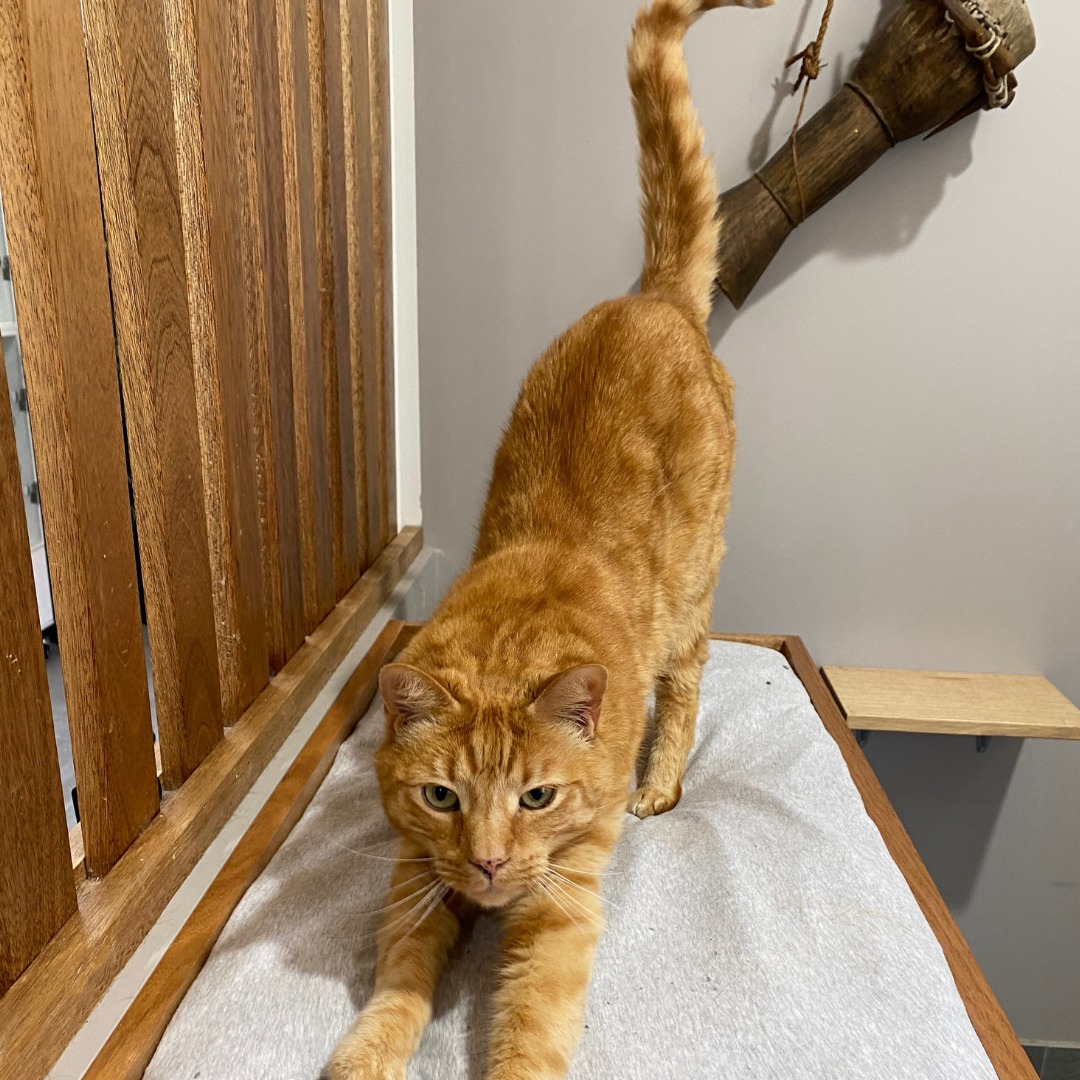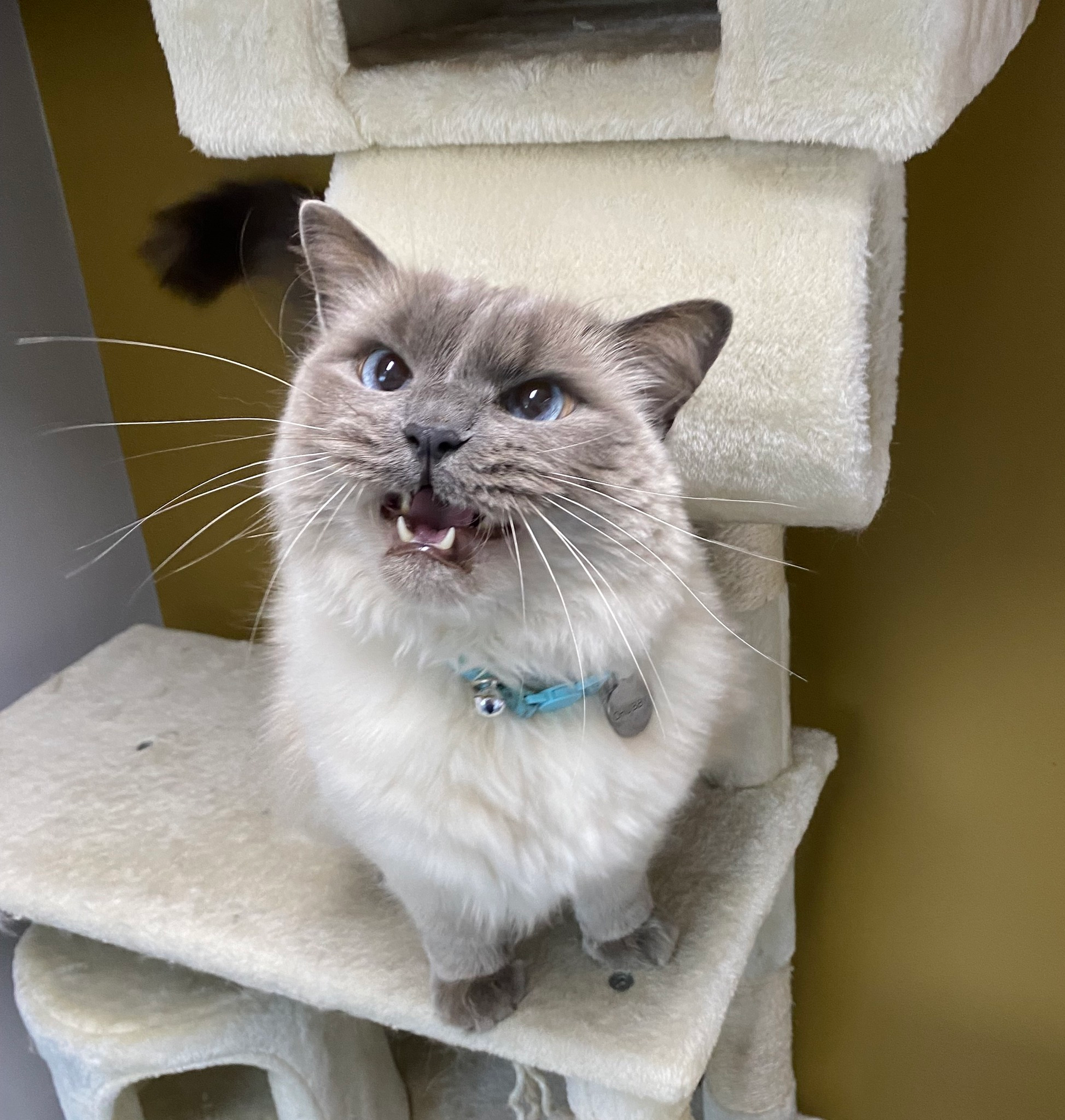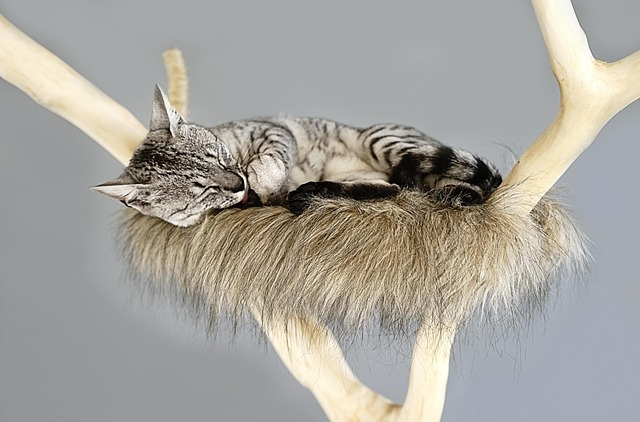According to recent studies, an estimated 60% of cats in the United States are overweight or obese. Obesity in cats can lead to a variety of health issues, including diabetes, joint problems, and heart disease.
As pet owners, it is our responsibility to ensure that our furry friends maintain a healthy weight for their overall well-being. If your cat is struggling with weight issues, don’t worry – there are steps you can take to help them shed those extra pounds.
In this guide, we will discuss some effective ways to help your cat lose weight and regain their optimal health. With proper diet and exercise, your cat can achieve a healthier weight and live a longer, happier life.
Understanding Cat’s Weight:
Before jumping into the tips for weight loss, it is important to understand how a cat’s weight is determined and what constitutes as overweight or obese.
A healthy weight for a cat depends on their breed, age, and size. Generally, cats are considered overweight when they weigh 10-20% more than their ideal body weight.
Obesity in cats is defined as weighing 20% or more above their ideal body weight. This may not seem like much, but even a few extra pounds can significantly impact your cat’s health and quality of life. It is essential to regularly monitor your cat’s weight and consult with your veterinarian if you notice any significant changes.
Plus, it’s also crucial to keep in mind that just like humans, each cat is unique and may have a different ideal weight even within the same breed.
Steps To Help Your Cat Lose Weight:
Now that we have a better understanding of a cat’s weight, let’s dive into the steps you can take to help your cat lose weight effectively.
Consult with your veterinarian
The first step in helping your cat lose weight should be consulting with your veterinarian. They will be able to assess your cat’s current condition and provide personalised recommendations for their weight loss journey.
Your veterinarian may conduct a physical exam, check their body composition, and determine their ideal weight based on factors such as age, breed, and overall health. They may also run some tests to rule out any underlying health issues that could be causing your cat’s weight gain.
Based on the results of the evaluation, your veterinarian may suggest specific dietary changes or recommend a weight loss plan tailored to your cat’s needs. It is crucial to follow their instructions carefully and schedule regular check-ups to monitor your cat’s progress.
Adjust their diet
One of the primary causes of obesity in cats is overfeeding or feeding them a diet that is high in calories. To help your cat lose weight, you may need to adjust their diet and switch to a low-calorie, high-protein food.
Your veterinarian may also recommend a prescription weight-loss diet that is specially formulated for overweight cats. These diets are designed to provide all the essential nutrients while still promoting weight loss.
It’s important not to drastically reduce your cat’s food intake as it can lead to nutrient deficiencies and other health problems. Gradually decrease the amount of food they consume over time until they reach their ideal weight.
Control portion sizes
In addition to adjusting their diet, controlling portion sizes is crucial for effective weight loss. A general rule of thumb is to feed your cat 20-30 calories per pound of their ideal body weight.
Measuring out their food accurately using a measuring cup can help ensure that they are not overeating. Avoid free-feeding and instead, offer measured meals at specific times of the day. Plus, make sure to factor in any treats they may be receiving throughout the day into their total calories.
Additionally, consider using puzzle feeders or hiding their food around the house to provide mental stimulation and prevent boredom eating.
Provide regular exercise opportunities
Exercise is just as important for cats as it is for humans when it comes to weight management. Encourage your cat to be active by providing them with various toys and activities that they can play with.
Interactive toys, laser pointers, and feather teasers are great ways to get your cat moving. You can also introduce them to a scratching post or cat tree where they can climb and explore.
If your cat is not used to being active, start slow and gradually increase the intensity and duration of their playtime. Make sure to spend quality time engaging in these activities with your cat as well – it’s a great way to bond and keep them motivated.
Monitor progress and make adjustments if necessary
Lastly, it’s essential to monitor your cat’s weight loss progress regularly. Keep track of their weight by weighing them weekly or bi-weekly. If you notice that they are not losing weight at a healthy rate, consult with your veterinarian for further guidance.
You may need to adjust their diet or increase their exercise routine based on their progress. Remember, each cat is unique, and it may take longer for some cats to lose weight than others. Be patient and consistent, and your efforts will pay off in the long run.
Plus, once your cat reaches their ideal weight, make sure to continue monitoring and maintaining their weight through a healthy diet and regular exercise. Your cat’s well-being is in your hands, so make sure to provide them with the best care possible to keep them happy and healthy for years to come.
Average Weight for Popular Cat Breeds:
Here are the average weights for some popular cat breeds, according to the American Kennel Club (AKC):
- Abyssinian: 8-10 pounds
- Bengal: 6-15 pounds
- Maine Coon: 8-25 pounds
- Persian: 7-12 pounds
- Siamese: 8-12 pounds
It’s important to note that these are just general guidelines and your cat may fall outside of these ranges. Again, consult with your veterinarian to determine the ideal weight for your individual cat based on their specific breed, age, and size. By following these steps and keeping track of your cat’s weight, you can ensure that they live a longer, happier life.
Mistakes to Avoid:
There are a few common mistakes that cat owners make when trying to help their cats lose weight. These include:
- Free-feeding: Allowing your cat to eat whenever they want can lead to overeating and weight gain.
- Feeding table scraps: Human food is often high in calories and can contribute to weight gain in cats. Plus, some foods can be toxic to cats. Additionally, feeding from the table can encourage begging and reinforce bad behaviour.
- Not measuring food: Eye-balling or estimating portion sizes can lead to overfeeding. It’s essential to measure out your cat’s food accurately according to their ideal weight and recommended daily calorie intake.
- Inconsistent feeding schedule: Cats thrive on routine, so it’s important to feed them at the same time each day. This also helps prevent overeating or missing meals.
- Lack of exercise: Cats may have a reputation for being lazy, but they still need regular exercise to maintain a healthy weight. Not providing your cat with enough opportunities to be active can contribute to weight gain.
- Ignoring weight gain: It’s important to monitor your cat’s weight and address any changes early on. Ignoring weight gain can lead to more significant health problems down the road.
By avoiding these mistakes and following a healthy diet and exercise plan, you can help your cat achieve their ideal weight and live a long, happy life.
Choose Hotel for Cats For A Hassle-Free Vacation
Are you worried about leaving your cat behind while you go on vacation? Look no further than the Hotel for Cats, where we provide top-of-the-line care and comfort for your feline friend. Our experienced staff is available seven days a week to cater to your cat’s needs, ensuring they have a relaxing and entertaining stay.
From custom bedding and furniture to TV and enrichment activities, our amenities are designed with your cat’s happiness in mind. We even have a dedicated vet on-site for any medical concerns. Plus, our hotel is elegantly designed with a variety of suites and condos to choose from, including our luxurious Estate and Retreat options.
So next time you’re planning a vacation, don’t stress about your cat’s well-being. Choose a Hotel for Cats and give them the ultimate luxury retreat they deserve. Don’t forget to take advantage of our discounts and special offers, including a 15% discount for stays over 19 nights.
FAQs
How can you help an obese cat lose weight safely?
To help an obese cat lose weight safely, it’s important to start with a vet-approved weight loss program. This typically involves adjusting the cat’s diet to reduce caloric intake and gradually increasing physical activity. Monitor the cat’s food intake by measuring the food portions you put in the cat’s food bowl and ensure you’re feeding a high-quality diet that meets nutritional needs without excess calories.
What is the risk of rapid weight loss in cats?
Rapid weight loss in cats can lead to fatty liver disease, a serious health condition. When a cat loses weight too quickly, especially an obese cat, their body may not be able to process fat properly, leading to liver issues. It’s critical to aim for gradual weight reduction, following a vet’s guidelines on how much weight your cat should lose each week or month.
Why is knowing your cat’s ideal body weight important for weight management?
Knowing your cat’s ideal body weight is crucial for effective weight management. This knowledge helps establish a baseline for a diet and exercise plan. A body condition score, typically given by your vet, can help determine whether your cat is at its ideal weight, overweight, or obese. This score aids in setting realistic weight loss goals and monitoring progress throughout your cat’s weight loss journey.
What steps should you take to start a weight loss program for an overweight cat?
To start a weight loss program for an overweight cat, first consult with your veterinarian to assess the cat’s health and determine the cat’s ideal body weight. The vet can help set up a tailored diet plan, suggest appropriate types of cat’s diet, and advise on the frequency and amount of food. Implement controlled feeding practices by measuring food and avoiding free-feeding. Additionally, incorporate regular, gentle exercises into your cat’s routine, which can include play sessions that encourage movement.
Conclusion
Weight management is essential for your cat’s overall health and well-being. By following a healthy diet, providing regular exercise opportunities, and monitoring your cat’s progress, you can help them achieve their ideal weight and live a long, happy life.
Remember to consult with your veterinarian for personalised advice and to avoid common mistakes that can hinder your cat’s weight loss journey. And when it’s time for a vacation, choose a Hotel for Cats to ensure your cat receives top-notch care and pampering while you’re away.
So start implementing these tips today and give your furry friend the best chance at a healthy, fulfilling life!

